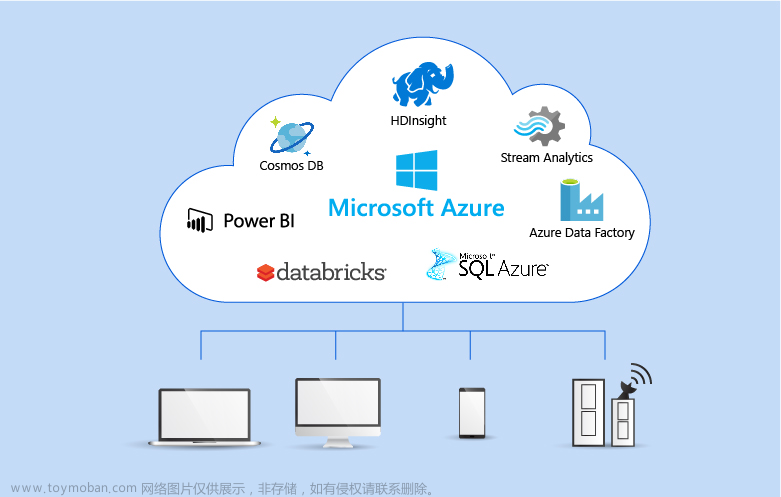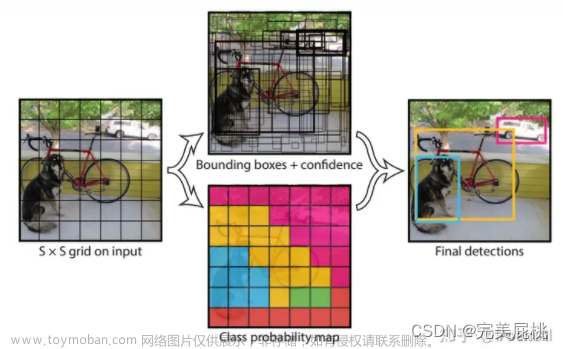官网:https://keras.io/api/applications/


一些使用的列子:
ResNet50:分类预测
import keras
from keras.applications.resnet50 import ResNet50
from keras.applications.resnet50 import preprocess_input, decode_predictions
import numpy as np
model = ResNet50(weights='imagenet')
img_path = 'elephant.jpg'
img = keras.utils.load_img(img_path, target_size=(224, 224))
x = keras.utils.img_to_array(img)
x = np.expand_dims(x, axis=0)
x = preprocess_input(x)
preds = model.predict(x)
# decode the results into a list of tuples (class, description, probability)
# (one such list for each sample in the batch)
print('Predicted:', decode_predictions(preds, top=3)[0])
# Predicted: [(u'n02504013', u'Indian_elephant', 0.82658225), (u'n01871265', u'tusker', 0.1122357), (u'n02504458', u'African_elephant', 0.061040461)]VGG16:用作特征提取器时,不需要最后的全连接层,所以实例化模型时参数 include_top=False文章来源:https://www.toymoban.com/news/detail-825599.html
import keras
from keras.applications.vgg16 import VGG16
from keras.applications.vgg16 import preprocess_input
import numpy as np
model = VGG16(weights='imagenet', include_top=False)
img_path = 'elephant.jpg'
img = keras.utils.load_img(img_path, target_size=(224, 224))
x = keras.utils.img_to_array(img)
x = np.expand_dims(x, axis=0)
x = preprocess_input(x)
features = model.predict(x)网上例子解释:文章来源地址https://www.toymoban.com/news/detail-825599.html
from keras.applications.vgg16 import VGG16
from keras.applications.vgg16 import decode_predictions
from keras.preprocessing import image
from keras.applications.vgg16 import preprocess_input
from keras.utils.vis_utils import plot_model
import numpy as np
#加载VGG16模型,这里指定weights='imagenet'来自动下载并加载预训练的模型参数
model = VGG16(weights='imagenet', include_top=True);
image_path = 'E:/dog.jpg';
#加载图片,并且接企鹅为224*224
img = image.load_img(image_path, target_size=(224, 224));
#图片转为array格式
x = image.img_to_array(img)
#假设有一张灰度图,读取之后的shape是( 360, 480),而模型的输入要求是( 1, 360 , 480 ) 或者是 ( 360 , 480 ,1 ),
# 那么可以通过np.expand_dims(a,axis=0)或者np.expand_dims(a,axis=-1)将形状改变为满足模型的输入
x = np.expand_dims(x, axis=0)
#对数据进行归一化处理x/255
x = preprocess_input(x)
#放入模型预测
features = model.predict(x)
#decode_predictions() 用于解码ImageNet模型的预测结果,一般带两个参数:features表示输入批处理的预测,top默认是5,设置3表示返回3个概率最大的值
result = decode_predictions(features, top=3)
#展示结果,并且保存图片
plot_model(model, 'E:/model.png', show_shapes=True)
print(result)VGG19:
from keras.applications.vgg19 import VGG19
from keras.applications.vgg19 import preprocess_input
from keras.models import Model
import numpy as np
base_model = VGG19(weights='imagenet')
model = Model(inputs=base_model.input, outputs=base_model.get_layer('block4_pool').output)
img_path = 'elephant.jpg'
img = keras.utils.load_img(img_path, target_size=(224, 224))
x = keras.utils.img_to_array(img)
x = np.expand_dims(x, axis=0)
x = preprocess_input(x)
block4_pool_features = model.predict(x)Fine-tune InceptionV3:微调训练一个新类别
from keras.applications.inception_v3 import InceptionV3
from keras.models import Model
from keras.layers import Dense, GlobalAveragePooling2D
# create the base pre-trained model
base_model = InceptionV3(weights='imagenet', include_top=False)
# add a global spatial average pooling layer
x = base_model.output
x = GlobalAveragePooling2D()(x)
# let's add a fully-connected layer
x = Dense(1024, activation='relu')(x)
# and a logistic layer -- let's say we have 200 classes
predictions = Dense(200, activation='softmax')(x)
# this is the model we will train
model = Model(inputs=base_model.input, outputs=predictions)
# first: train only the top layers (which were randomly initialized)
# i.e. freeze all convolutional InceptionV3 layers
for layer in base_model.layers:
layer.trainable = False
# compile the model (should be done *after* setting layers to non-trainable)
model.compile(optimizer='rmsprop', loss='categorical_crossentropy')
# train the model on the new data for a few epochs
model.fit(...)
# at this point, the top layers are well trained and we can start fine-tuning
# convolutional layers from inception V3. We will freeze the bottom N layers
# and train the remaining top layers.
# let's visualize layer names and layer indices to see how many layers
# we should freeze:
for i, layer in enumerate(base_model.layers):
print(i, layer.name)
# we chose to train the top 2 inception blocks, i.e. we will freeze
# the first 249 layers and unfreeze the rest:
for layer in model.layers[:249]:
layer.trainable = False
for layer in model.layers[249:]:
layer.trainable = True
# we need to recompile the model for these modifications to take effect
# we use SGD with a low learning rate
from keras.optimizers import SGD
model.compile(optimizer=SGD(lr=0.0001, momentum=0.9), loss='categorical_crossentropy')
# we train our model again (this time fine-tuning the top 2 inception blocks
# alongside the top Dense layers
model.fit(...)Build InceptionV3:自定义tensor,输入V3
from keras.applications.inception_v3 import InceptionV3
from keras.layers import Input
# this could also be the output a different Keras model or layer
input_tensor = Input(shape=(224, 224, 3))
model = InceptionV3(input_tensor=input_tensor, weights='imagenet', include_top=True)到了这里,关于Keras可以使用的现有模型的文章就介绍完了。如果您还想了解更多内容,请在右上角搜索TOY模板网以前的文章或继续浏览下面的相关文章,希望大家以后多多支持TOY模板网!













